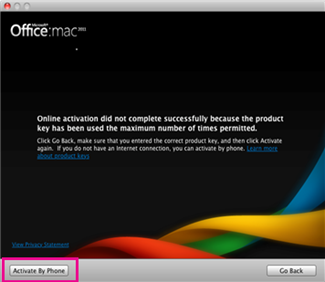

Many experienced web developers know how indispensable of a tool Terminal can be for completing their work.

Note: as of writing, macOS Sierra currently ships with Apache 2.4.23. And with that notion in mind, this guide aims to assist macOS Sierra users in having Apache up and running with minimal fuss.
#CHANGE NAME AND FOLDER FOR MAC SIERRA INSTALL#
Especially if you preform a clean install when you update your operating system. For example, a previously working Apache web server in El Capitan will more than likely need to be reconfigured for Sierra. New features and enhancements are in store for macOS Sierra, but as web developers, we know that major OS updates can leave things a bit odd depending upon our development environments. And with this latest iteration of the Mac desktop operating system - dubbed Sierra - the Californian landmark naming convention continues, too. And this is all I know about ssh on macOS High Sierra.During the World Wide Developers Conference on June 13, 2015, Apple officially announced that the next version of OS X will be branded as macOS. If you modify these names without knowing what they do, you could ruin your capacity to even create new connections, and such.Īnyway, research this issue further to be certain. When you generate a new connection, ssh will add that into another file named know_hosts under the. I mentioned that you shouldn't try to edit any of these folders or files without knowing exactly what you are doing and what it will do because ssh will literally create new folders itself. To make sure, I would do a search in Finder for these two folders. If you don't find these folders or even the ssh folder, then you probably don't have ssh capacity, or maybe these folders are located somewhere else. If it has more, it's fine, but it must have these three folders. Click it, and it should contain three folders: moduli, ssh_config, and sshd_config. Once you are there, you should have an ssh folder named ssh. This folder should be greyed out.Ĭlick it. There are other things you can do to find out for sure if you even have ssh capacity on your computer.Īlong side the users folder, there should another folder named etc. If you do the above command and it gives you some kind of error such as no such directory or something like that, it means you don't have that folder for real. This command will immediately bring you into the folder if it exists, and if you want to add stuff to it manually, I advise against it for now. If you are not able to find it, then to make sure that you don't have it and you are just not a very good searcher, go to your terminal app and run the following command: cd. It should also be greyed out because it's hidden. Maybe you named it, Tom, Jake, or whatever, but your user should be in this users folder.Īfter clicking it, scroll up until you see the folder named. Click on the users folder, then click on your user, whatever you named it.

For me, on High Sierra, this command works perfectly.Īfter that, grey files should appear. If this command doesn't work for you, find out if there are any new commands that do that for your macOS version. This will reveal hidden files, and the goal at this point is to simply do that. usually Macintosh HD, disk1, or whatever it's named.įrom there, hold down Shift Cmd. ssh in High Sierra, and possibly even up to the latest macOS, do the following:


 0 kommentar(er)
0 kommentar(er)
